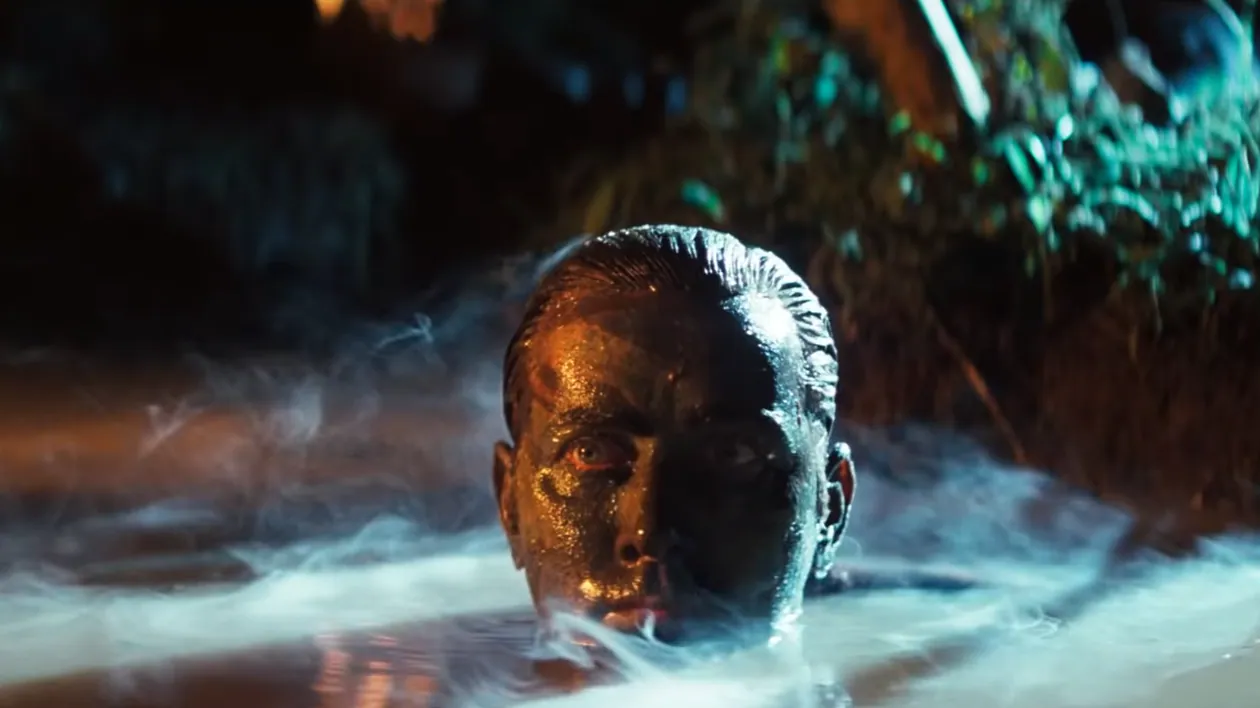
The Cinematic Masterpiece of Apocalypse Now: Heart of Darkness
admin
- 0
littlecellist.com – “Apocalypse Now,” directed by Francis Ford Coppola and released in 1979, stands as one of the most iconic films in cinema history. Set against the backdrop of the Vietnam War, this epic war film delves into the psychological and moral complexities of warfare, drawing inspiration from Joseph Conrad’s novella, “Heart of Darkness.” Through its bold storytelling, unforgettable performances, and haunting visuals, “Apocalypse Now” explores the darkness within the human soul and the chaos of war.
The Story of Apocalypse Now:
The narrative follows Captain Benjamin L. Willard, portrayed by Martin Sheen, a disillusioned Army officer tasked with a covert mission: to travel upriver into Cambodia to assassinate Colonel Walter E. Kurtz, played by Marlon Brando. Kurtz, once a revered officer, has gone rogue, establishing a cult-like following deep in the jungle. As Willard journeys through the war-torn landscape, he encounters the madness and brutality of combat, reflecting on the thin line between sanity and insanity.
Themes and Messages:
- The Duality of Man:
“Apocalypse Now” examines the dual nature of humanity, exploring how war can bring out both heroism and monstrosity. The film portrays the psychological impact of conflict on soldiers, highlighting the internal struggle between morality and savagery. Kurtz embodies this duality, as his descent into madness raises questions about the true nature of power and the human psyche. - The Futility of War:
The film offers a critique of the Vietnam War, emphasizing its senselessness and the chaos it wrought. Through vivid and often surreal depictions of battle, “Apocalypse Now” conveys the absurdity and destruction of war, serving as a powerful anti-war statement that resonates with audiences. - Journey into the Unknown:
Willard’s journey up the river symbolizes a descent into the unknown depths of the human spirit. The film’s structure mirrors a voyage into madness, where the jungle setting becomes a metaphor for the primal instincts lurking beneath civilization. This exploration of the unknown challenges viewers to confront their own fears and moral boundaries.
Cinematic Excellence:
“Apocalypse Now” is renowned for its groundbreaking cinematography and sound design. The film’s visual artistry, captured by cinematographer Vittorio Storaro, creates a mesmerizing and often surreal atmosphere. Coppola’s use of light and shadow intensifies the film’s themes, while the haunting soundscape, including the iconic use of “The Ride of the Valkyries,” enhances the surreal and chaotic experience.
Conclusion:
“Apocalypse Now” is more than just a war film; it is a profound exploration of the human condition and the horrors of conflict. Its impact on cinema and culture is undeniable, challenging audiences to question the morality of war and the darkness within themselves. As a masterpiece of storytelling and visual artistry, “Apocalypse Now” continues to captivate and provoke, leaving an indelible mark on the history of film.


